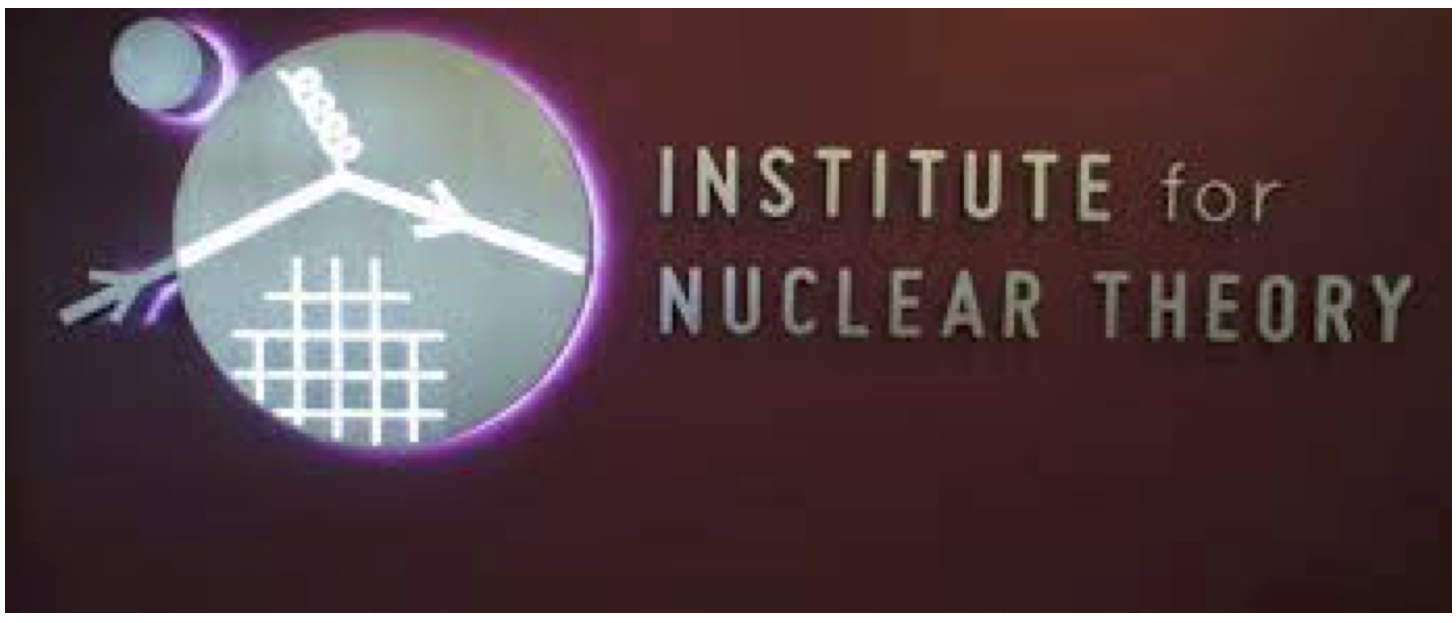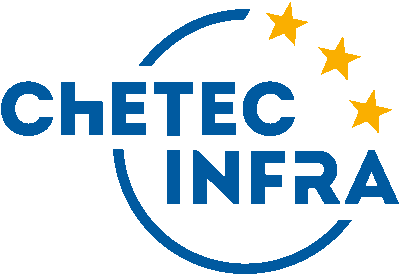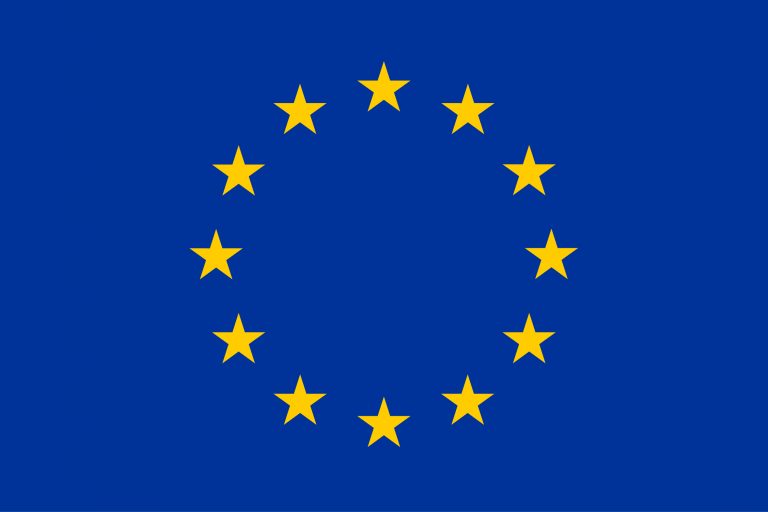Solar Fusion Cross Sections III (INT-22-82W)
David Brower Center and UC Berkeley, Berkeley, CA, USA
A precise understanding of nuclear reactions involved in hydrogen burning is a fundamental requirement for solar and stellar modeling. In the last decade, since the INT workshop Solar Fusion Cross Sections II took place, the need for accurate stellar and solar models has increased significantly. On the one hand, large-scale astronomical surveys have become the common place for studies of Galactic stellar populations, galactic archaeology, and characterization of exoplanet host stars, among other fields. Moreover, the coming of age of asteroseismology, first with Kepler, now with TESS, and in the mid-term future with PLATO, allows us to study the interior of other stars in a way that had previously only been possible for the Sun.
In the same period, studies of solar neutrinos, mainly due to Borexino, have now produced an almost complete characterization of the solar neutrino spectrum for reactions linked to the pp-chains. And even more recently, Borexino has also produced the first detection of solar neutrinos originating in the CN-cycle. The latter, while marginally relevant for the solar energetics, has a unique potential to probe conditions in the solar core, importantly its metal abundance, as the solar abundance problem remains unresolved. New neutrino results are expected in the next decade. Further work by Borexino will lead to improved measurements of solar CN neutrinos. And at the China Jinping Underground Laboratory (CJPL) it is expected that a 2-kt scintillation detector will map out the low-energy solar neutrinos to high accuracy. SNO+, in its pure-scintillator phase might, as well, yield new solar neutrino results.
Over the last decade, much effort has gone into new experimental and theoretical work on determining nuclear reaction rates and uncertainties, including 3He(α,γ)7Be, 14N(p,γ)15O, p(p,e+ν)d and 7Be(p,γ)8B. Also, the ongoing nuclear program at LUNA includes p-capture reactions beyond the pp-chains and CNO-cycles.
More than ten years after the previous workshop, there is a renewed need to undertake a comprehensive evaluation of H-burning reaction rates, establish a new set of reference nuclear cross sections for hydrogen burning, and to set up the baseline for theoretical and experimental efforts for the coming decade.
Meeting venue
The workshop will take place at the David Brower Center and UC Berkeley, Berkeley, CA, USA
Organizers
- Daniel Bemmerer (Helmholtz Zentrum Dresden-Rossendorf)
- Alessandra Guglielmetti (Universita degli Studi di Milano & INFN)
- Wick Haxton (UC Berkeley)
- Aldo Serenelli (Institute of Space Sciences, CSIC)
Support and Logistics
- Laura Fantone (Network for Neutrinos, Nuclear Astrophysics and Symmetries)
- Megan Baunsgard (Institute for Nuclear Theory)
|
|
 |
 |

